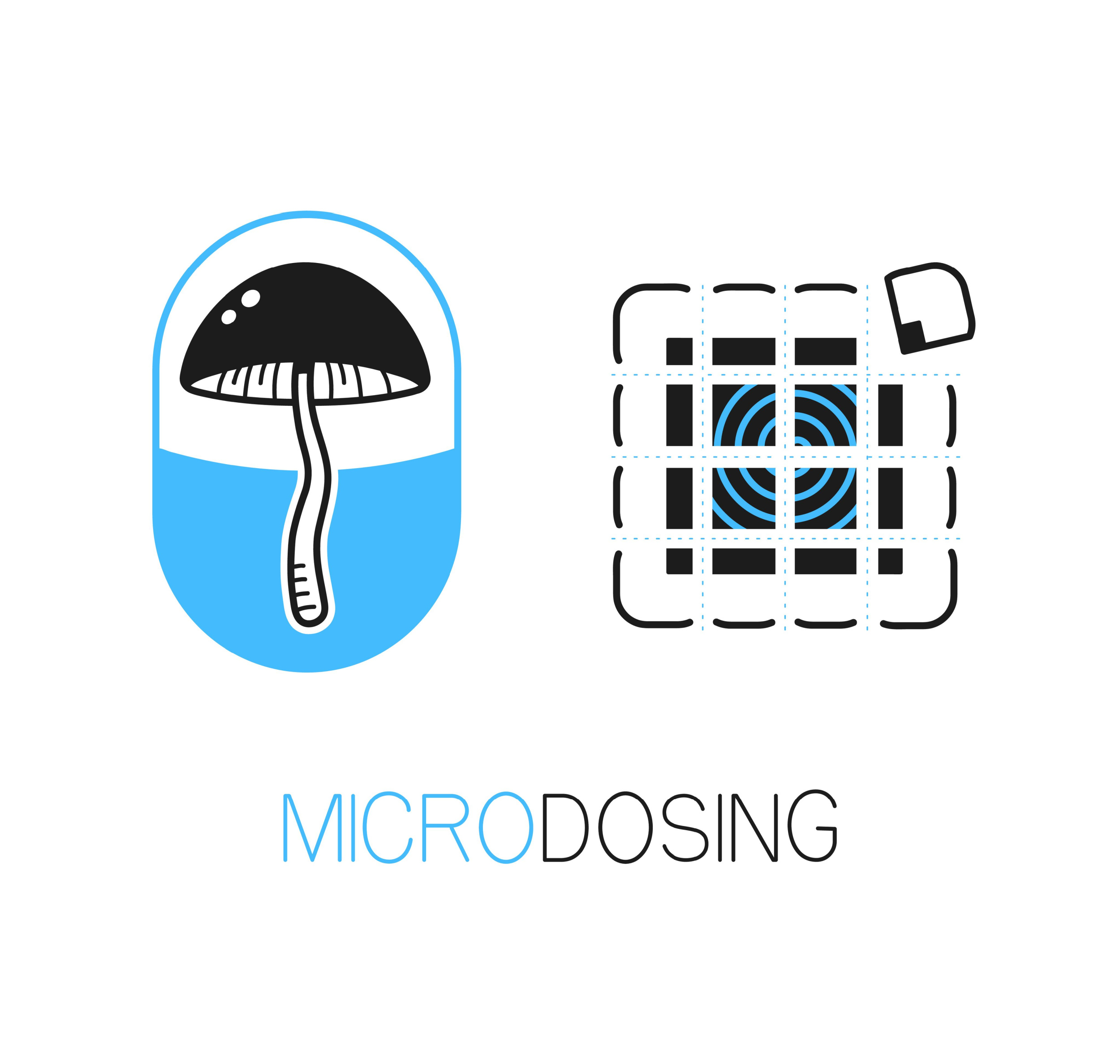Wearable Smart Devices to Prevent Injuries in the Workplace
The concept of PPE — Personal Protective Equipment — traces back to ancient times and was generally applied to military purposes. One could consider the scaled plated body armor, shield, and helmet of the Roman army to simply be PPE for the workaday foot soldier. As time went on, everyone from blacksmiths to construction laborers adopted various forms of PPE explicitly designed to protect their bodies from workplace hazards.
Yet, at least in the US, it wasn’t until the 1970s that the use of PPE became government-regulated. Following the Occupational Safety and Health Act of 1970, the newly-formed Occupational Safety and Health Administration (OSHA) ushered in a wave of federal guidelines (including implementing PPE programs) designed to protect workers and persuade employers to be more proactive in terms of workplace safety.
In 2020, the Bureau of Labor Statistics reported: “2.8 million nonfatal workplace injuries and illnesses occurred in private industry in 2019.” But without the use of protective gear, that number could have been far higher. The use of PPE saves countless lives and limbs while mitigating thousands of potential injury-related work stoppages each year in nearly every industry. These benefits have encouraged continued research and development of increasingly sophisticated personal protective equipment, including adaptable and wearable smart devices known as “Smart PPE.”
What is Smart PPE?
By now, we’ve all used smart devices — our beloved electronic gadgets connected to each other or a network via wireless technology such as mobile or WiFi. Smart PPE is simply tech-enabled PPE that’s also connected to a network and/or other devices. An example might be a helmet with built-in microphone features that augment the speaker’s voice when they are trying to communicate to other workers via Bluetooth.
As with standard PPE, the purpose is to protect workers from exposure to workplace hazards, thus reducing the risk of injuries as well as lost productivity. Of course, not all hazards cause immediate harm, which is why certain types of PPE, such as respiratory protection, are also aimed at reducing long-term health problems or illnesses, too.
Smart PPE and other wearable smart devices can be used in virtually any industry but have the most potential to reduce costly mishaps in dangerous fields such as mining, oil and gas, manufacturing, and transportation.
Connecting with Environmental Health and Safety Software
Unlike standard PPE, smart PPE has more than one job to do. It performs its original function to physically protect users while proactively safeguarding employees through preventative measures. Depending on the equipment and its unique functions, smart PPE can actively collect data, send messages, and adjust itself to particular work conditions or environments. For instance, in the perilous mining industry, smart PPE helps companies keep physical track of miners’ locations. In situations where workers are exposed to toxic air pollutants, smart PPE may incorporate environmental sensors able to monitor for gas or chemical risks.
Often, Environmental Health and Safety (EHS) software is involved. As noted by EHS Today, such technology can “improve performance and reduce error” while also monitoring environments and alerting workers when equipment needs maintenance. Popular software company Intelex points out additional advantages, stating, “EHS software protects your workers by identifying workplace hazards and near misses, managing incidents from start to finish and then identifying their root cause, so that corrective and preventive action plans can fix them and prevent reoccurrence.”
Another instance of smart PPE’s usage is KENZEN’S predictive body heat sensor. Many jobs require prolonged exposure to extreme heat, but even if exposed to the same environmental conditions, workers may be impacted differently. Every worker’s body is unique and has different abilities to acclimate and self-cool. This ability is affected by variables such as age, weight, general health, medication or tobacco use, etc.
Made for industrial workers, KENZEN’s smart body heat sensor device is worn on the arm to alert both workers and applicable managers if body temperatures reach unsafe levels. As needed, supervisors can pull workers temporarily until they are adjusted or may need to evaluate the worker’s ability to withstand and adapt to that particular work situation. Again, prevention is a key component of workplace safety, and smart PPE is able to put advanced decision-making information to the table.
Benefits of Smart PPE
As you can see from the list below, when used appropriately, smart PPE and wearable smart devices offer innumerable advantages and protections:
|
Smart PPE can:
|
Smart PPE is the Future
Naturally, as with any organizational tech upgrade, procuring and implementing smart PPE programs takes an investment of time and money. There are also associated headaches in the early stages. Initial setup and training time can be a hassle in the beginning. Data security is also an ongoing concern, requiring close attention to details when it comes to compliance with state and federal privacy laws.
But the benefits of smart PPE, including the long-term cost savings and reduction of worker injuries and workplace mishaps, are simply too beneficial to pass up. That is why savvy companies are investing sooner rather than later, to start reaping the rewards while getting ahead of the curve against industry rivals.




